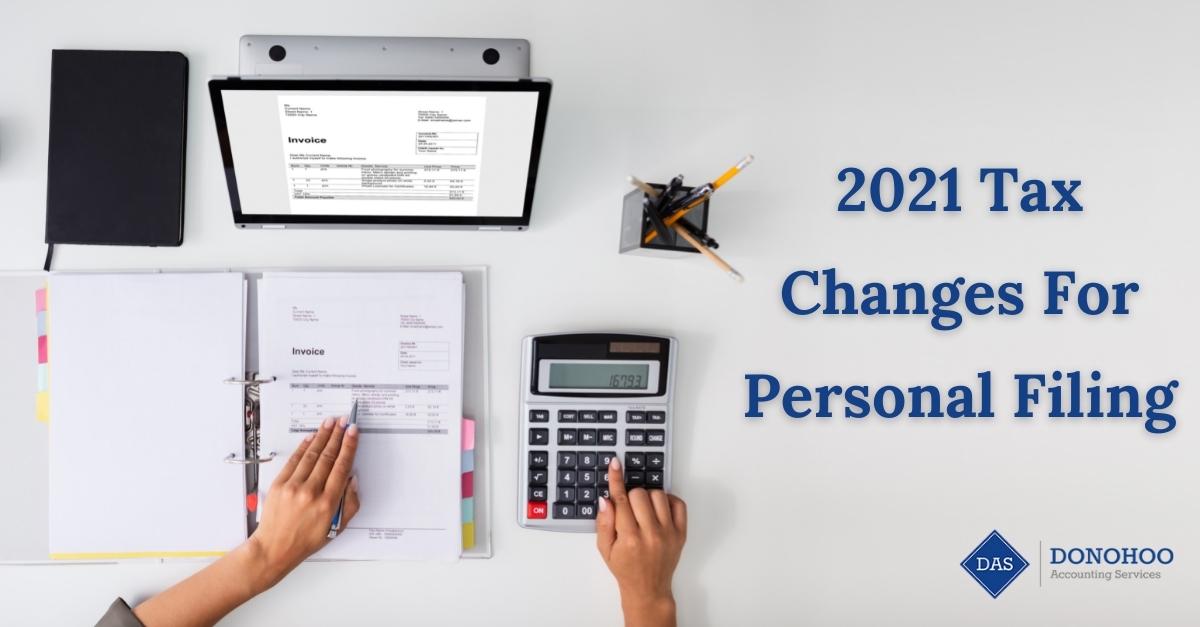How are “bonuses” taxed? Different than regular wages?
As an employee, getting a raise is exciting for a few important reasons. Not only does it validate what you’re contributing to the company, but it also means getting a bigger paycheck every two weeks. Getting a bonus is also a great validation of what you’re doing at work every day. While a bonus comes with plenty of excitement, it can also create a little confusion. The reason that type of confusion is so common is people aren’t sure what effect a bonus will have on their tax filing.
What Does the IRS Think of Bonuses?
Supplemental income is the label that the IRS uses to classify bonuses. This label is used for other benefits like payouts for accumulated sick leave, severance packages, moving pay and vacation pay. So you have your regular salary, and then anything else you receive goes in the supplemental income category. While that information is helpful, it doesn’t fully answer the question of how bonuses are taxed at the federal level.
Flat Rate vs. Aggregate Taxes
The most common method employers choose for taxing bonuses is flat rate. As long as a bonus is separated from regular income and under one million dollars, it will be taxed at a rate of twenty-five percent. In the event that a bonus does exceed one million dollars, the tax rate goes up to 39.6 percent.
While most employers go with the flat rate method to handle the taxation of bonuses, there is another option available. Known as aggregate taxing, this approach involves adding bonuses to the latest paycheck and taxing the entire amount together. Not only can this method be a little more complex to process, but another reason it’s not as popular is it often results in a higher withholding, which means an employee will be left with a larger tax burden. It’s important to note that regardless of which method is used, bonuses are also subject to Social Security and Medicare taxes.
How Bonuses Are Taxed in the State of Ohio
On top of making sure your bonus is properly accounted for when you file at the federal level, it’s also important to understand your state obligations. According to the Ohio Department of Taxation’s website, “the rate is at least 3.5% percent. Ohio Administrative Code 5703-7-10 provides that withholding agents must withhold at least 3.5% on supplemental compensation such as bonuses, commissions, and other non-recurring types of payments other than salaries and wages.”
If you have any additional questions about bonuses or other tax issues, you can reach Donohoo Accounting Services by calling 513-528-3982.








